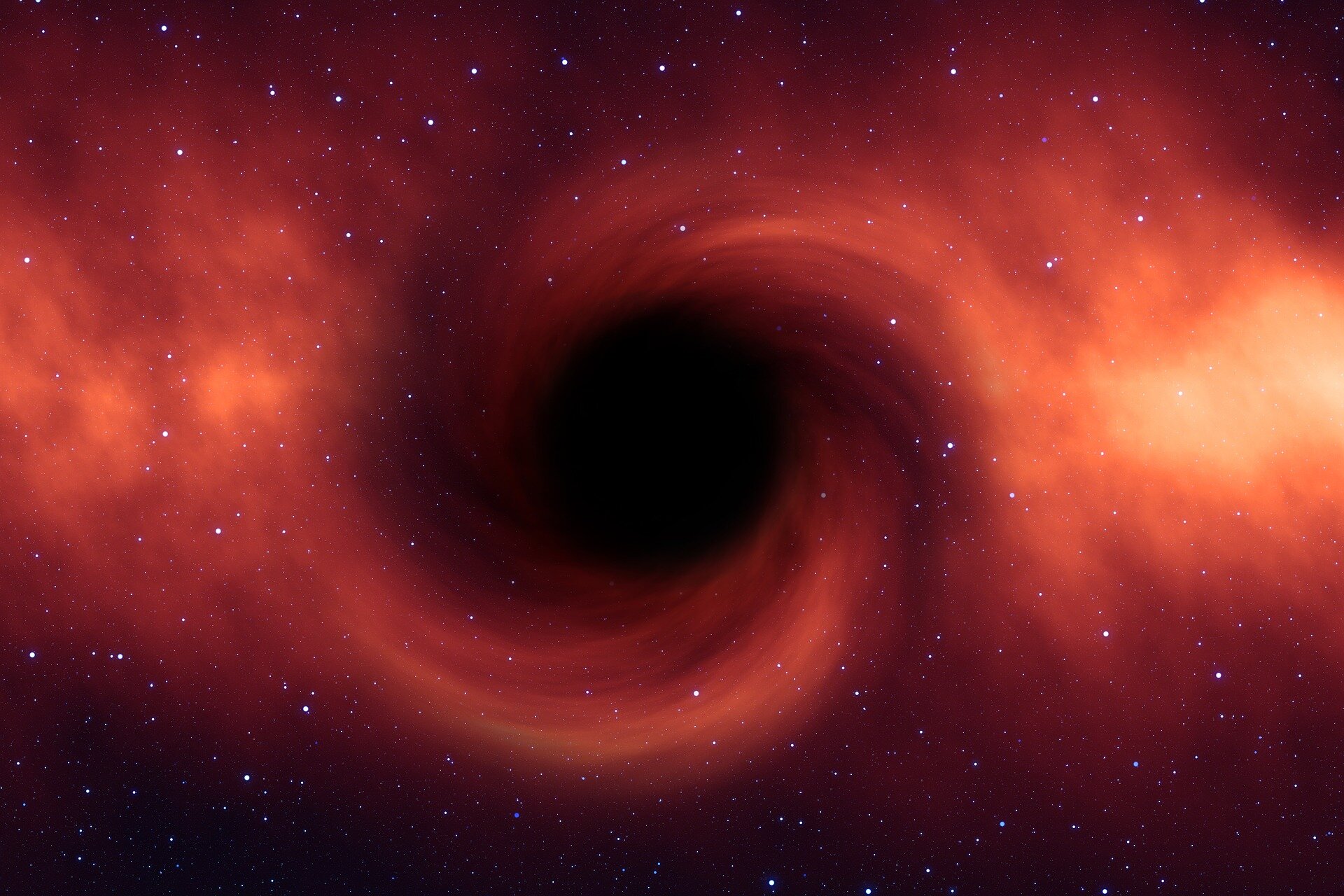
NASA this week shared an audio clip on social media that allows you to “hear” a black hole.
No surprise, the sound is terrifying.
NASA Exoplanets, a team at the agency focused on planets and other information outside of our solar system, tweeted the 34-second clip on Sunday and said there’s a “misconception” that there is no sound in space.
But they explained that “A galaxy cluster has so much gas that we’ve picked up actual sound. Here it’s amplified, and mixed with other data, to hear a black hole.”
NASA initially released the so-called “sonification” earlier this year, explaining that researchers have “associated” the black hole in the Perseus galaxy cluster with sound since 2003.
“This is because astronomers discovered that pressure wave...
Read More








Recent Comments